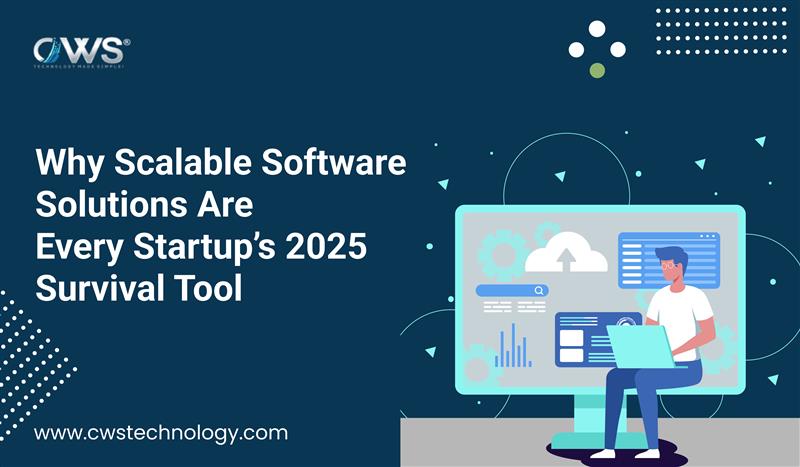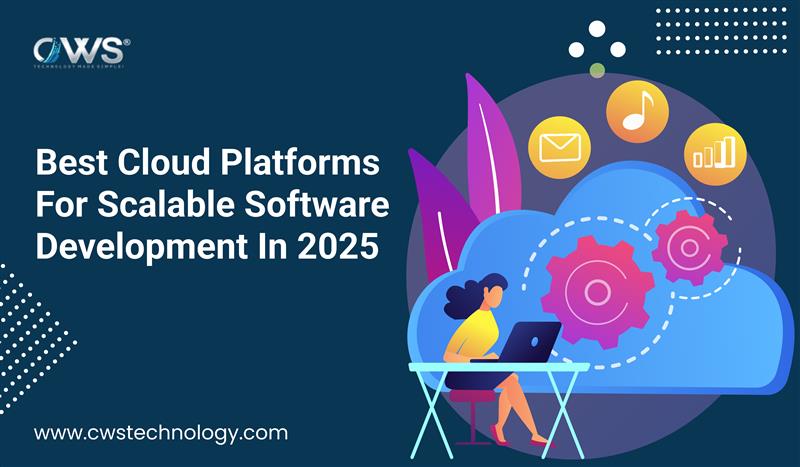Database technologies in 2025 are evolving faster than ever as applications demand higher scalability, real-time performance, and reliability across distributed environments. With mobile apps, SaaS products, and AI-driven systems growing exponentially, choosing the right database can define whether your product succeeds or fails. This blog explores the top five database technologies powering high-performance, scalable applications in 2025, along with real-world examples, pros and cons, and why they matter today.
Top 5 Database Technologies Powering Scalable Apps in 2025
Below are the most reliable and future-ready database engines used widely in modern application architectures across industries.
1. MongoDB: The NoSQL Leader for Modern Apps
MongoDB continues to dominate the NoSQL ecosystem in 2025. Its flexible document-based model makes it ideal for fast-growing apps that require agility, rapid iteration, and handling dynamic data structures.
Why MongoDB Stands Out
- Schema-less architecture allows rapid product changes.
- Horizontal scaling through sharding.
- High-speed reads and writes for real-time apps.
- Built-in features like Atlas Search, Data API, and multi-cloud support.
Best Use Cases
- Content-heavy applications
- Real-time analytics dashboards
- E-commerce catalogs
- Social media feeds and activity logs
Advantages
- Highly scalable for distributed systems
- Easy integration with Node.js, React, Flutter, and other modern stacks
- Excellent performance for large-scale JSON-like workloads
Limitations
- Joins are not as strong as SQL databases
- Requires careful schema design for large-scale deployments
2. PostgreSQL: The Most Powerful Open-Source SQL Database
PostgreSQL remains the top choice for developers who need strong ACID compliance, robust relational modeling, and enterprise-grade reliability.
Why PostgreSQL Dominates in 2025
- Advanced indexing (GIN, GiST, BRIN) improves complex query performance.
- Full support for JSONB enables hybrid SQL+NoSQL workloads.
- Extensions like PostGIS, TimescaleDB, and pgVector make it future-proof.
Best Use Cases
- Fintech and banking apps
- Analytics platforms
- Enterprise-grade SaaS products
- AI/ML applications requiring vector search
Advantages
- Extremely reliable and consistent
- Strong community and ecosystem
- Supports complex queries and heavy relational workloads
Limitations
- Scaling horizontally is harder than NoSQL
- Requires more setup and optimization for large clusters
3. Firebase: The Real-Time Backend for Mobile and Web Apps
Firebase remains one of the most developer-friendly platforms for launching fast, scalable apps with minimal backend management.
Why Firebase Excels
- Real-time database sync across devices
- Firestore provides flexible NoSQL document structures
- Seamless integration with Android, Flutter, and web frameworks
- Authentication, hosting, functions, and analytics built-in
Best Use Cases
- Real-time chat applications
- Collaboration tools
- Live dashboards
- MVPs and startup products
Advantages
- Zero server management
- Fast development lifecycle
- Scales automatically
Limitations
- Vendor lock-in
- Pricing can rise significantly with scale
4. CockroachDB: The Distributed SQL Engine Built for Global Scale
CockroachDB has become a key player in 2025 due to its ability to offer global distribution with strong SQL capabilities.
Why CockroachDB Is Growing Rapidly
- Automatically replicates and rebalances data globally
- Survives node, region, or zone failures without downtime
- Supports PostgreSQL wire protocol
Best Use Cases
- Multi-region SaaS platforms
- High-availability enterprise applications
- Systems requiring strong disaster recovery
Advantages
- Almost impossible to take down
- Strong consistency across clusters
- Enterprise-grade scaling
Limitations
- Can be more expensive to operate
- Requires learning its distributed architecture model
5. NeonDB: The Server less PostgreSQL Built for the Cloud
NeonDB is one of the newest but fastest-growing database technologies in 2025, offering cloud-native, server less PostgreSQL with automatic storage and compute scaling.
Why NeonDB Is a Game Changer
- Separates compute and storage for cost efficiency
- Instant branching for testing, CI/CD, and previews
- Zero cold-start issues
Best Use Cases
- Modern SaaS applications
- Developer-first platforms
- Teams requiring quick environment spin-ups
Advantages
- Fully serverless
- Pay only for active compute
- Highly developer-friendly platform
Limitations
- Still maturing compared to traditional SQL engines
- May lack enterprise integrations in some areas
Key Comparison Table
Insert a table here comparing the five databases on parameters like scalability, cost, ease of use, best for, and limitations. This improves SEO and readability.
How to Choose the Right Database Technology in 2025
Selecting the right database depends on several factors:
1. Understand Your Data Model
- If data is relational: PostgreSQL or CockroachDB
- If data is flexible and unstructured: MongoDB or Firebase
2. Consider Scalability Needs
- Global user base: CockroachDB
- Low-cost scaling: NeonDB
- Rapid growth: MongoDB
3. Evaluate Development Speed
- Fastest MVP: Firebase
- Flexible schema: MongoDB
4. Think Long-Term
- Enterprise reliability: PostgreSQL
- Modern cloud-native scale: NeonDB
Conclusion
The landscape of database technologies in 2025 offers more innovation, scalability, and efficiency than ever before. Whether you’re building a SaaS platform, a global enterprise system, or a fast-moving mobile app, choosing the right database is crucial. MongoDB, PostgreSQL, Firebase, CockroachDB, and NeonDB stand out as the top technologies powering modern scalable applications.
If you’re planning your next project, evaluate your data structure, growth expectations, and infrastructure needs—and choose the database that best aligns with your goals.







